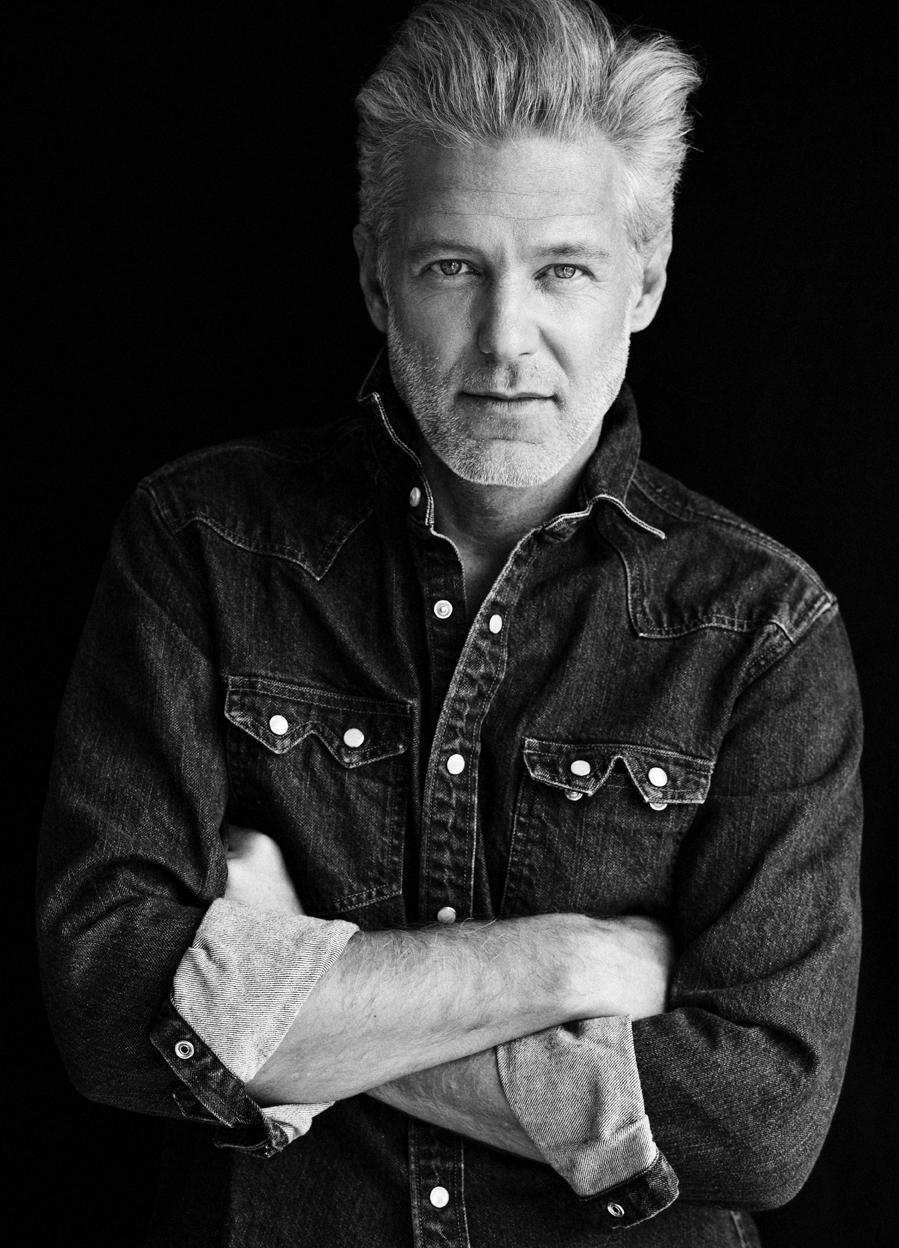Those who were part of the fashion circuit throughout the 2000s are likely to have encountered JD Ferguson. Having already made his name as a model over two decades, he preferred his position behind the lens by the Aughts, capturing the energy of the era’s fashion parties and the backstage areas of runway shows in New York, Paris, and Milan. As he was documenting the moment, he encountered designers, models, and other fashion types—resulting in some terrific images that he has decided to share on his fabulous Instagram account @fashionaughts.
We caught up with JD to talk about his career, how New York Fashion Week is different from its European counterparts, and why the Aughts were so special.
We love @fashionaughts! When did you decide to create the account and why?
Thank you! I started @fashionaughts as a way to get off politics. Literally. And it worked! Thanks to this account and since the capital riots, I have not watched ANY news at all –something that, after the last five years, I never thought I’d be able to say. The account saved me.
The response to it has been overwhelming. I realized immediately that, with the pandemic and the “stall” of fashion week, so many people were missing and longing for the thrill and excitement of the shows and backstage. A simpler time. Enough time has passed where the “Aughts” are now their own thing. Like the 70s, 80s and 90s before them. It’s now an “era” marking its own time.
What made the New York fashion scene in the 2000s so unique?
There are many different factors that contributed to the uniqueness of fashion at the turn of the century. Definitely the models. The late Aughts ushered in a generation of exciting and fun new models. With energy, ambition, and personalities. Which was just what the industry was longing for at the time. Technology was a big part of the Aughts as well. With the advent of social media, new ways of coverage were introduced with models like Karlie Kloss and Coco Rocha leading the way. “Branding” became a thing and collaborations (the buzzword of the 00s) paved the way. The Aughts landscape was a new frontier and the possibilities were endless.
Do you have a favorite memory? What was the best party you attended? Was there a moment backstage that you will always remember?
Best party? ALL of them! The best part about shooting for fashion brands were the parties. Always spectacular venues with top notch performances from the biggest stars of the day. But I’d have to say the ones that DEFINITELY stand out are Tommy Hilfiger’s 25th at the Lincoln Center, Ralph Lauren’s 50th at the Botanical Gardens, Calvin’s 25th and 40th anniversaries. And of course all of Visionaire’s were good.
As far as favorite backstage memories, so many good ones. But I’d definitely have to say Fendi 2007 was a milestone. After not seeing designer Karl Lagerfeld for several years, I ran into him backstage in Milan where he gave me exclusivity to his show, and then flew me to Paris the following week for Lagerfeld and Chanel. It was a dream.
How in your view has the scene changed since?
Everything has changed since the Aughts. Monetization became a thing. Brands quickly embraced the technology of the future and new ways of marketing and advertising were forged. “Followers” became a thing, introducing a new wave of “Social Media” models which forever changed the game. Looking back, it all happened so fast – which I would say is actually the best way to describe the Aughts. Everything was happening.





